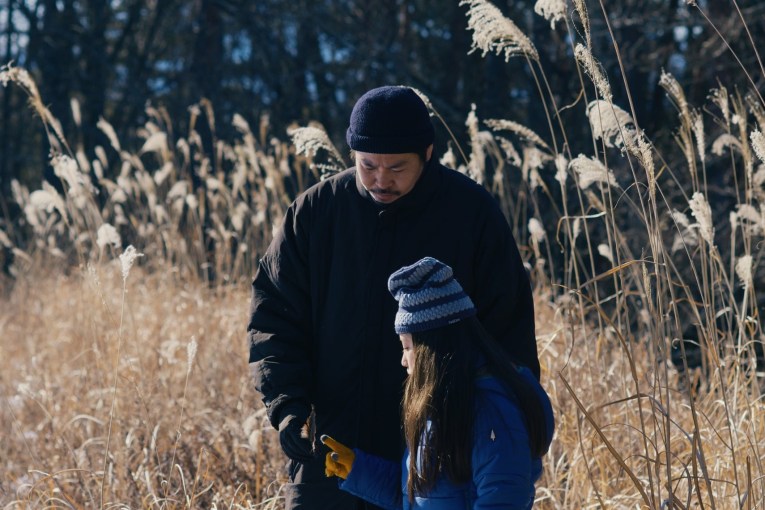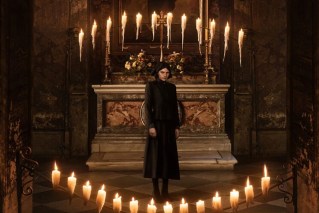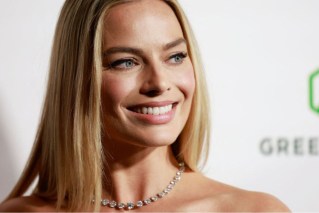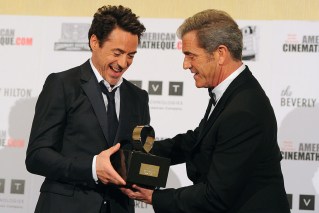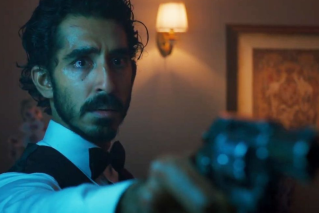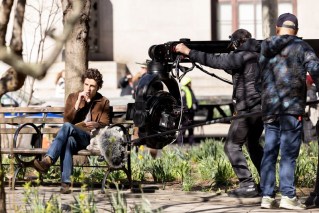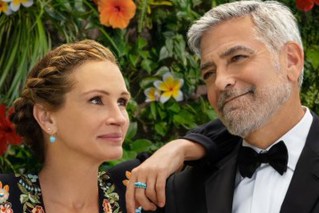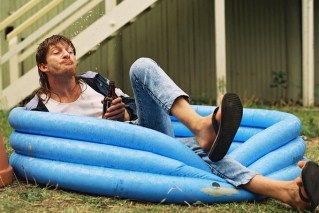How Australians romanced Cannes Film Festival
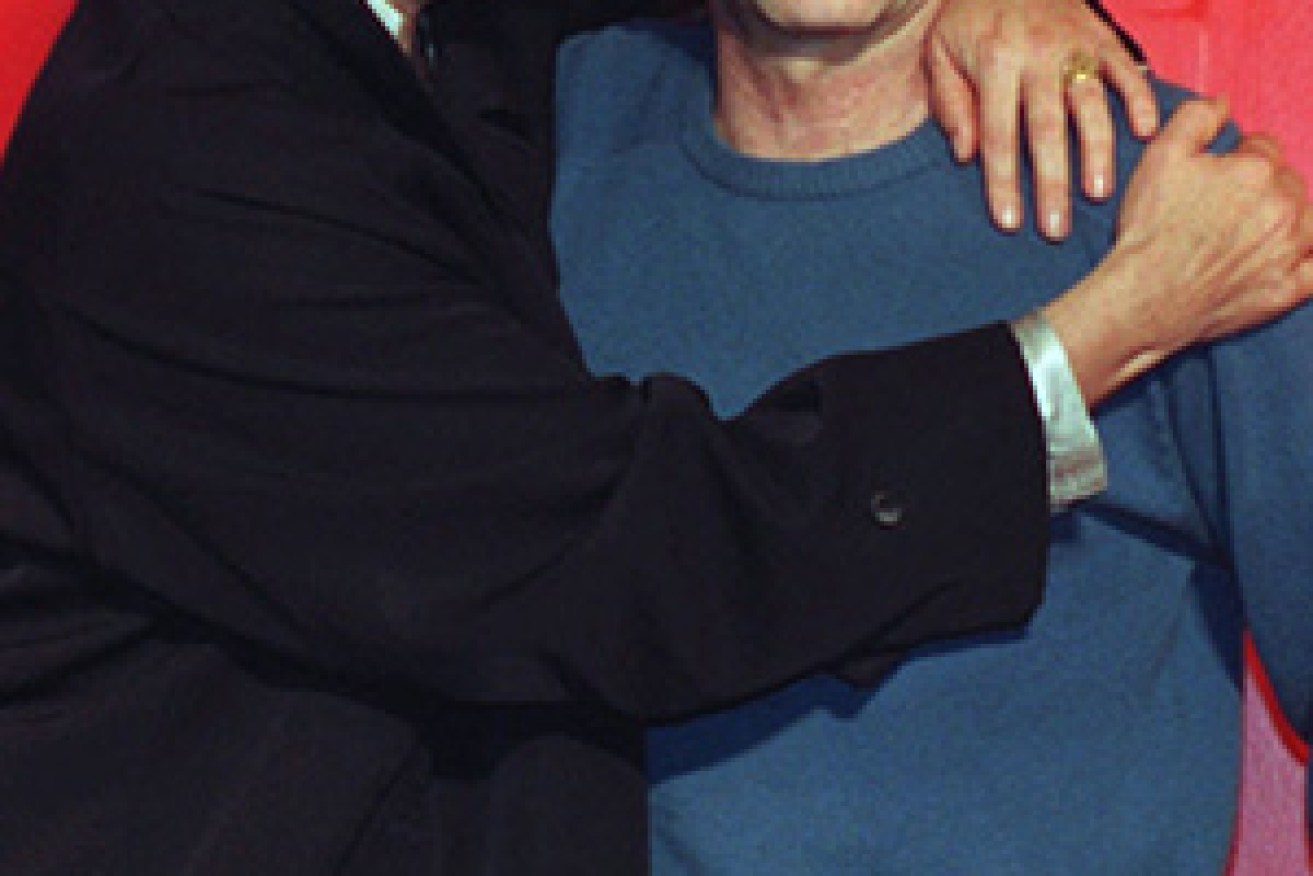
Steeped in glamour, history and intrigue, the Cannes Film Festival – held annually on the Cote d’Azur in southern France – promises to be every bit as enticing during this, its 67th year.
The festival opened with, the so far critically panned, Grace of Monaco starring Nicole Kidman playing the Hollywood starlet turned European princess Grace Kelly. Cannes is also premiering a trio of much-anticipated Australian features, offering its filmmakers the type of caché only Cannes can bring.
The great thing about Cannes is that it allows films that aren’t completely down the centre of the mainstream to be seen …
Rolf de Heer (Charlie’s Country), Zak Hilditch (These Final Hours) and David Michod (The Rover) all have strong films in official selection, in what is arguably Australia’s most impressive collective push since the heady days of the Australian New Wave of the 1970s. That rebirth of Australian cinema was swiftly embraced by Cannes, with two of the era’s defining films – Ted Kotcheff’s Wake in Fright and Nic Roeg’s Walkabout – both screening in official competition in 1971. Cannes would go on to champion the screen careers of Jack Thompson and Bryan Brown, among others, as well as providing a platform for filmmakers like De Heer to continue to exist, in an increasingly fragmented market.

Rolf de Heer at Cannes in 2006 for his film Ten Canoes. Photo: AAP
“The great thing about Cannes is that it allows films that aren’t completely down the centre of the mainstream to be seen,” explains De Heer, of his return showing on the Croisette (his earlier Indigenous films, 2006’s Ten Canoes, and 2002’s The Tracker, also screened here, the former winning the Special Jury Prize in Un Certain Regard). “It gives films like Charlie’s Country a chance to gain distribution. Cannes exposes films to overseas markets that would be very difficult to otherwise reach.”
Nashen Moodley, director of the Sydney Film Festival, who gets to cherry pick from the Cannes line-up for his just-announced program, agrees, and remains in awe of Cannes’s ability to provide a broad marketplace on ground. “It’s fascinating to see how Cannes can function as this place that has the highest respect for the cinematic art form, where films from Peru, say, can screen in the competition,” he says. “At the same time, you see a crass commercialism that’s happening in the marketplace. And there are lots of people who have nothing to do with the festival whatsoever, but use it as a great marketing exercise.”
Culturally, Australia has had an enviable run of the Promenade de la Croisette …
Culturally, Australia has had an enviable run of the Promenade de la Croisette, with notable successes such as Ken Hannam’s Sunday Too Far Away cementing and helping dictate Australian cinematic standards on the world stage. By 1975, the government began sending regular delegations to Cannes, such was its cultural importance. Forty years, on, Screen Australia strategically positions itself directly opposite the Palais, where the bulk of the festival activity occurs.
There have been bumps in the road, of course. Veteran critic and broadcaster David Stratton, a regular attendee at Cannes since 1984 (when he relinquished control of the Sydney Film Festival, which he ran for 18 years) recalls key years following the New Wave as proving a mixed bag for filmmakers.

Directors Jane Campion and Roman Polanski at Cannes in 1997. Photo; AAP
“Bliss had a very bad reception, with many walkouts,” he says, of Ray Lawrence’s 1997 Australian classic. “After that, the film was cut and a shortened version released. Sweetie also had a bad reception [in 1989]. The Piano shared the Palme d’Or, making Jane [Campion] the first woman to get that award [in 1993], but Samantha Lang wasn’t so lucky. The Well, in competition [in 1997], tanked – as did Sleeping Beauty [from author turned filmmaker Julia Leigh] years later [in 2011].”
Australian cinema had see-sawed between grim, urban dramas and cookie-cutter comedies at the dawn of the new millennium, despite Baz Luhrmann’s Moulin Rouge! opening Cannes in 2001.
Prior to its current renaissance, which began in earnest with Warwick Thornton’s Camera d’Or win for 2009’s Samson in Delilah, Australian cinema had see-sawed between grim, urban dramas and cookie-cutter comedies at the dawn of the new millennium, despite Baz Luhrmann’s Moulin Rouge! opening Cannes in 2001. The previous decade’s biggest successes had showcased the ‘quirky’ side of Australia and were also selected to screen: Luhrmann’s Strictly Ballroom in 1992, and P J Hogan’s Muriel’s Wedding and Stephan Elliott’s The Adventures of the Priscilla Queen of the Desert, both in 1994.
If this year’s crop of filmmaking talent – all reflecting dystopian world views in their latest work – suggests a sustained rebirth in Australian cinema, Nashen Moodley is quick to caution over any subsequent stereotyping that might ensue.
“You can pull out certain filmmakers and films and say, there are near-future westerns being made. But there’s actually a far broader range of films,” he insists. “Look at Fell and Ruin, for example. It’s a very good sign that a lot of different types of films – that look at other matters – are being made, as well as those dystopian scenarios. Australia is considered a major filmmaking country by the big festivals, so it seems only natural that Australia has a strong showing in Cannes.”
Ed Gibbs is an Australian film writer who is currently at Cannes.
